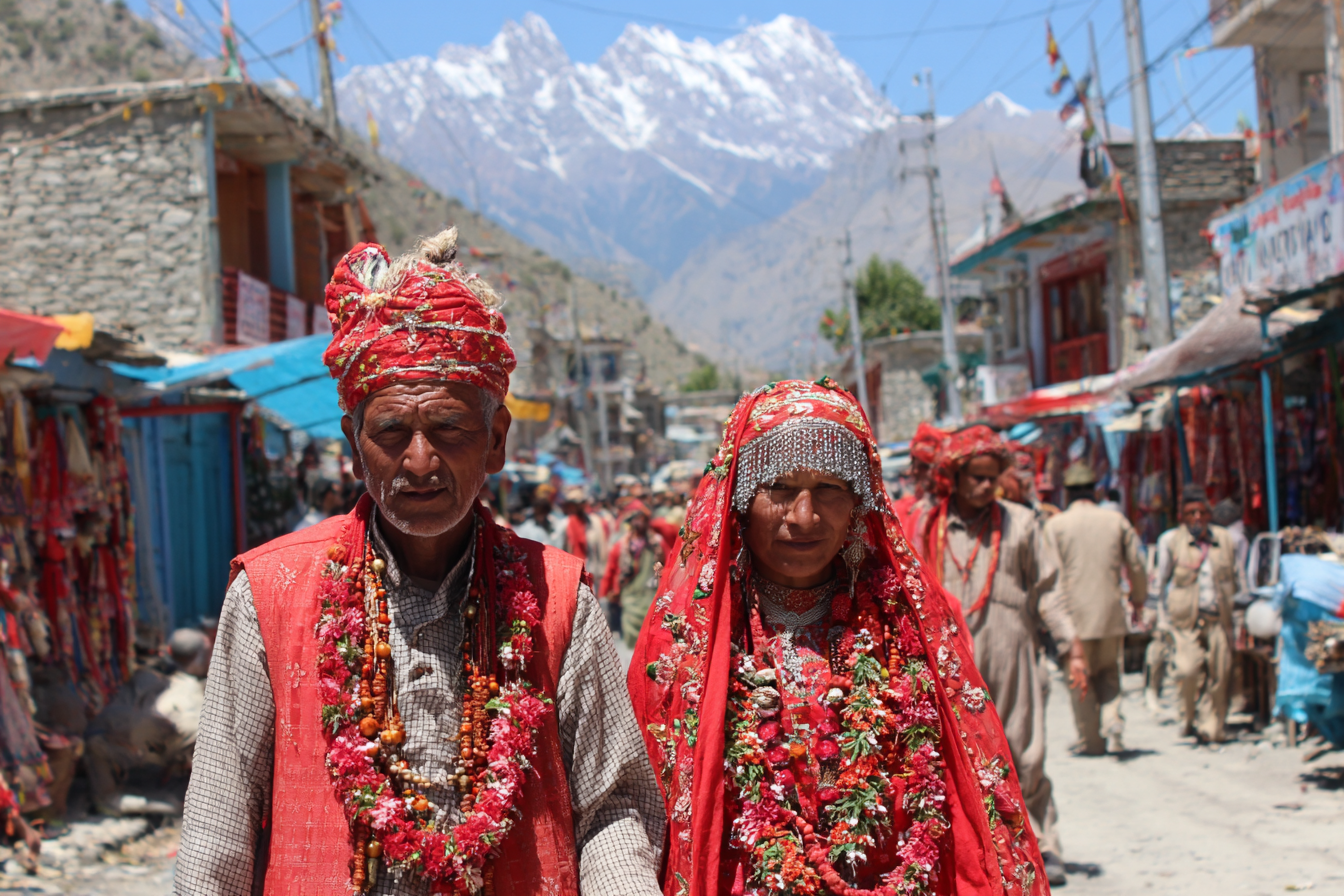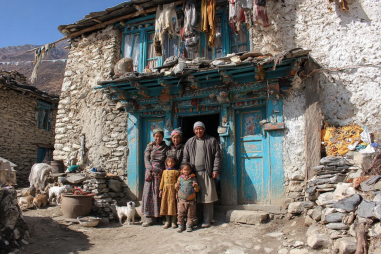Nestled in the heart of the Himalayas, Jomsom presents an extraordinary gateway to experiencing the authentic cultural tapestry of Nepal’s Mustang region. Far from just being a stunning mountain getaway, Jomsom offers rich opportunities to immerse yourself in traditions that have been preserved for centuries. From vibrant festivals and time-honored art forms to intimate interactions with the local people, every moment here reveals a side of Himalayan life that is both captivating and humbling. Let’s explore what makes Jomsom’s cultural experiences so unique and how you can engage meaningfully during your visit.
Discovering Jomsom’s Cultural Heritage
Jomsom, located in the Mustang district of Nepal, is the administrative center of the Upper Mustang region and serves as a cultural crossroads between Himalayan and Tibetan traditions. The town’s cultural heritage is deeply influenced by Tibetan Buddhism, ancient trade routes, and the lifestyle of the indigenous Thakali and Lopa communities. These groups have preserved their customs, language, and lifestyles amidst the breathtaking mountain landscape, creating a vibrant mosaic of cultural practices that reflect centuries of resilience and adaptation. Exploring Jomsom means stepping back in time and witnessing living traditions that continue to define the identity of the region.
Important Festivals and Celebrations
The calendar of Jomsom is dotted with festivals that bring color and joy to its otherwise serene environment. One of the most significant celebrations is the Tiji Festival, held annually in Lo Manthang, which is not far from Jomsom itself. This three-day ritual celebrates the victory of good over evil, featuring masked dances, religious rites, and community feasts. Visitors who time their trip to coincide with Tiji will witness an extraordinary spectacle of spiritual devotion and cultural pride.
Another important festival is Losar, the Tibetan New Year, which is celebrated with great enthusiasm by the local communities. Losar involves prayer ceremonies at monasteries, family gatherings, and traditional music and dance performances. During these celebrations, the streets of Jomsom come alive with colorful attire and exuberant festivities, providing a glimpse into the spiritual and social fabric of the region.
Traditional Music, Dance, and Attire
Music and dance are essential expressions of Jomsom’s culture. Traditional melodies played with Tibetan horns, flutes, and drums create an enchanting soundscape that reflects the mountains’ spirit and the people’s emotions. Dance forms, often performed during religious ceremonies and public festivities, tell stories of mythology, everyday life, and historical events.
Traditional attire also plays a vital role in these cultural expressions. The Thakali people, for example, are known for their distinct clothing, which includes thick woolen garments, aprons for women, and elaborate silver jewelry that symbolizes social status and cultural identity. Wearing such attire is common during festivals and special occasions, allowing travelers to appreciate the aesthetic and symbolic aspects of local dress.
Local Crafts and Souvenir Shopping
Jomsom is a treasure trove for lovers of authentic handicrafts. The skilled artisans here produce a range of traditional goods, from handwoven woolen textiles to intricate jewelry and prayer flags. Many of these crafts are made using techniques passed down through generations, ensuring that every item carries a piece of the region’s history and culture.
When shopping in Jomsom’s markets and local shops, you’ll find beautiful yak wool scarves, aprons, handmade prayer wheels, and colorful thangkas (Buddhist paintings on cloth). Buying these souvenirs not only supports local artisans but also helps sustain traditional crafts that might otherwise fade away. Remember to select items thoughtfully and consider their cultural significance, making your purchases not just souvenirs but meaningful memories.
Interaction with Ethnic Groups and Communities
One of the most rewarding aspects of visiting Jomsom is the opportunity to meet and engage with the indigenous people who call this place home. The Thakali, Gurung, and Lopa communities each have distinct customs, dialects, and ways of life that enrich the cultural landscape of the area.
Staying in local lodges or homestays gives travelers a unique window into daily life—sharing meals, hearing stories of ancestral legends, and participating in farming or cooking can deepen your appreciation for their traditions. The warm hospitality of the locals makes these interactions memorable and often leads to lifelong friendships. It’s a reminder that cultural experiences are not just about observing but about genuine exchange and respect.
Religious Sites and Monasteries
Jomsom’s spiritual life is deeply woven with its cultural identity, with several monasteries and religious sites that stand as centers of worship and community gathering. The Kag Chode Thupten Samphel Ling Monastery in Jomsom is a beautiful example, featuring striking architecture adorned with colorful murals and statues of Buddhist deities.
Exploring these monasteries offers insight into Tibetan Buddhist practices and philosophies that guide the local communities. Visitors are welcome to observe prayers, participate respectfully in rituals, and learn about the symbolic meanings of various religious artifacts and ceremonies. These sacred places foster a sense of peace and reflection, embodying the spiritual heart of the Himalayas.
Tips for Respectful Cultural Engagement
Immersing oneself in Jomsom’s culture can be a deeply enriching experience if approached with sensitivity and respect. Here are some helpful tips to ensure your cultural engagement is positive and meaningful:
- Learn basic greetings: A few words in the local language, such as “Tashi Delek” (a Tibetan greeting), can go a long way in showing respect.
- Dress modestly: Especially when visiting religious sites, wearing modest and appropriate clothing is appreciated.
- Ask permission: Always ask before photographing people, especially during ceremonies and private moments.
- Be mindful of customs: Follow local etiquette when entering homes or monasteries, such as removing shoes and avoiding physical contact with monks or elders unless invited.
- Support local businesses: Purchase handicrafts and services from local artisans and vendors to contribute to the community’s economy.
Embracing the Spirit of Jomsom
Experiencing Jomsom’s cultural heritage goes far beyond sightseeing; it invites travelers to open their hearts and minds to ways of life shaped by nature, spirituality, and history. Whether joining in a vibrant festival, exploring ancient monasteries, or simply sharing a meal with a local family, you will find that Jomsom teaches invaluable lessons in humility, connection, and reverence for tradition.
This Himalayan gem offers a rare chance to slow down and immerse yourself in a culture that proudly holds onto its roots while welcoming visitors with genuine warmth. By embracing the spirit of Jomsom, you not only enrich your travel story but also contribute to the preservation of a remarkable cultural heritage for generations to come.







